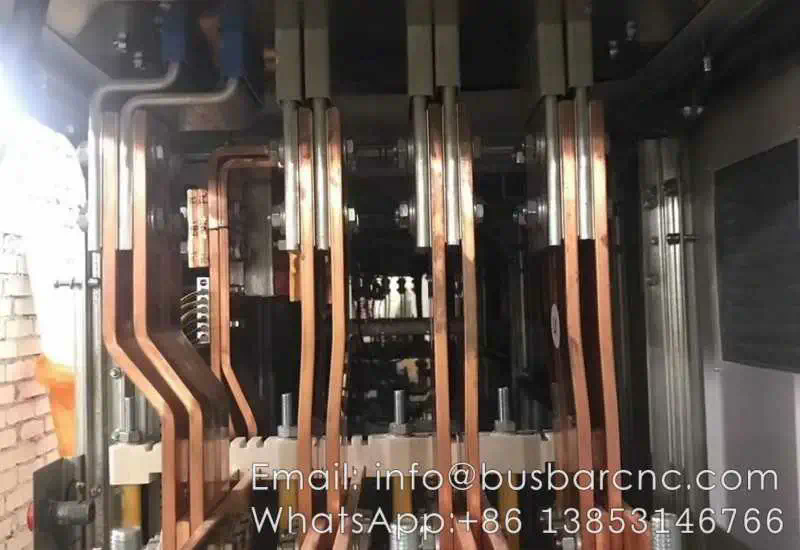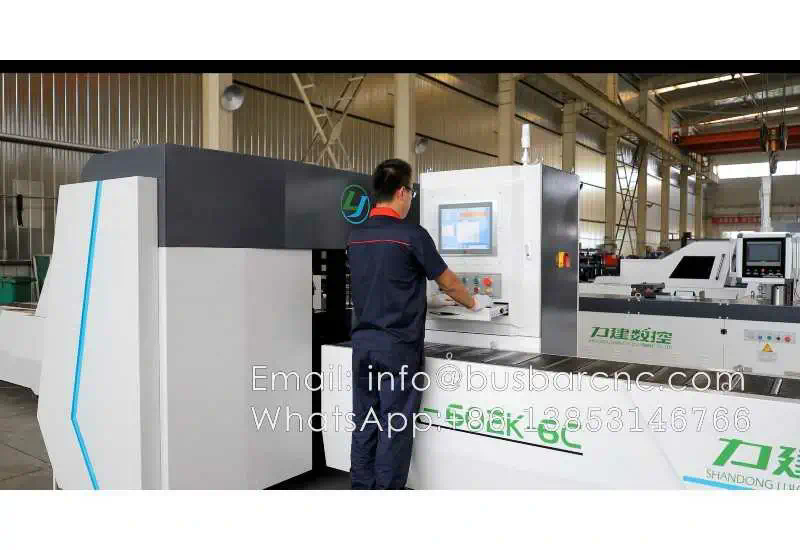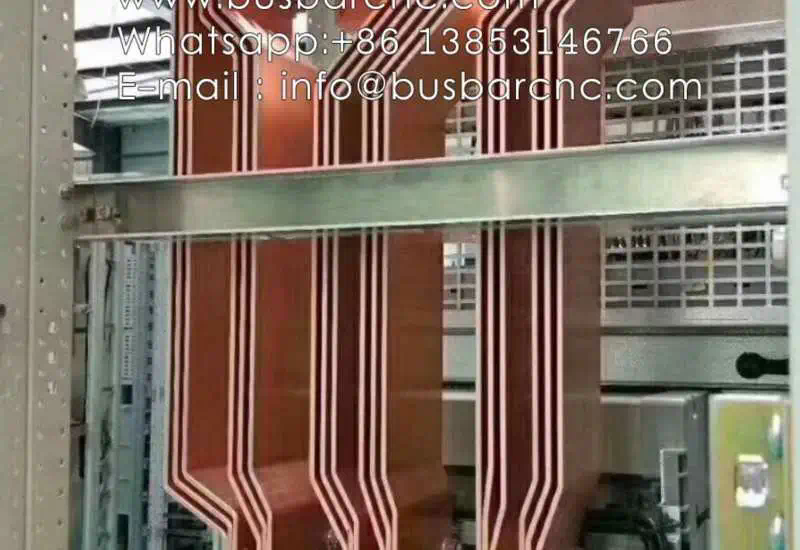Software and Hardware Upgrades for CNC Machines – When and What to Do
Introduction:
In today’s rapidly evolving manufacturing industry, CNC (Computer Numerical Control) machines play a crucial role in automating and streamlining production processes. To ensure optimal performance and stay competitive, it is essential for businesses to consider software and hardware upgrades for their CNC machines. This article aims to provide insights into when and what upgrades should be done to maximize the efficiency and capabilities of these machines.
1. Signs that an Upgrade is Needed:

Before discussing specific upgrades, it is important to recognize the signs indicating that an upgrade is necessary. Some common indicators include:
– Decreased productivity: If your machine is taking longer to complete tasks or experiencing frequent breakdowns, it may be time for an upgrade.
– Outdated software: As technology advances, older software versions may lack critical features or compatibility with new tools and programs.
– Limited capabilities: If your machine cannot handle complex designs, lacks precision, or struggles with multitasking, an upgrade can enhance its capabilities.
– Safety concerns: If your machine does not meet current safety standards or poses potential risks, upgrading certain components can address these issues.
2. Software Upgrades:
Upgrading the software of CNC machines can significantly improve their performance and functionality. Some key software upgrades to consider include:
i. CAM (Computer-Aided Manufacturing) Software:
Upgrading your CAM software enables you to generate more efficient toolpaths, optimize cutting strategies, and improve overall machining speed and accuracy. Newer versions often offer advanced features such as simulation capabilities and integrated tool libraries.
ii. CAD (Computer-Aided Design) Software Integration:
Integrating your CNC machine with CAD software allows for seamless transfer of design files, reducing manual input errors and streamlining the production process. This upgrade also enables better collaboration between designers and machinists.
iii. Monitoring and Analytics Software:
Implementing monitoring and analytics software provides real-time data on machine performance, productivity, and maintenance requirements. This data can help identify bottlenecks, optimize workflows, and minimize downtime.
3. Hardware Upgrades:
Hardware upgrades for CNC machines can enhance their precision, speed, and reliability. Here are some essential hardware upgrades to consider:
i. Spindle and Motor Upgrades:
Upgrading the spindle and motor can increase cutting power, spindle speed, and torque, allowing for faster and more accurate machining. This is particularly beneficial when working with harder materials or complex designs.
ii. Control System Upgrades:
Upgrading the control system, such as replacing outdated controllers or adding new features, can improve machine responsiveness, accuracy, and ease of use. Advanced control systems often offer better integration with other equipment and software.
iii. Tooling System Upgrades:
Upgrading the tooling system, including tool holders, collets, and cutting tools, can optimize cutting performance, reduce tool wear, and extend tool life. Advanced tooling systems may also allow for quicker tool changes and better chip evacuation.
iv. Safety Upgrades:
Ensuring the safety of operators and minimizing potential hazards is paramount. Upgrading safety features such as emergency stop buttons, interlocks, and protective enclosures can mitigate risks and ensure compliance with safety regulations.
4. When to Perform Upgrades:

Deciding when to perform upgrades depends on various factors, including:
– Machine utilization: Consider the machine’s workload and downtime. Upgrades can be planned during periods of low production to minimize disruptions.
– Lifecycle of the machine: Evaluate the age and condition of the machine. Older machines may require more frequent upgrades to keep up with technological advancements.
– Return on investment: Assess the potential benefits of the upgrade in terms of increased productivity, improved quality, reduced maintenance costs, and extended machine lifespan.

– Compatibility and integration: Ensure that the upgrades are compatible with existing equipment and software, and that they integrate seamlessly into your production workflow.
Conclusion:
Regular software and hardware upgrades for CNC machines are essential to stay competitive in the manufacturing industry. By recognizing the signs that an upgrade is needed and considering the right software and hardware upgrades, businesses can optimize productivity, enhance capabilities, and ensure the longevity of their CNC machines. It is crucial to evaluate the timing and potential benefits of each upgrade to make informed decisions that align with the specific needs and goals of the organization.
https://iflatiron.com/



